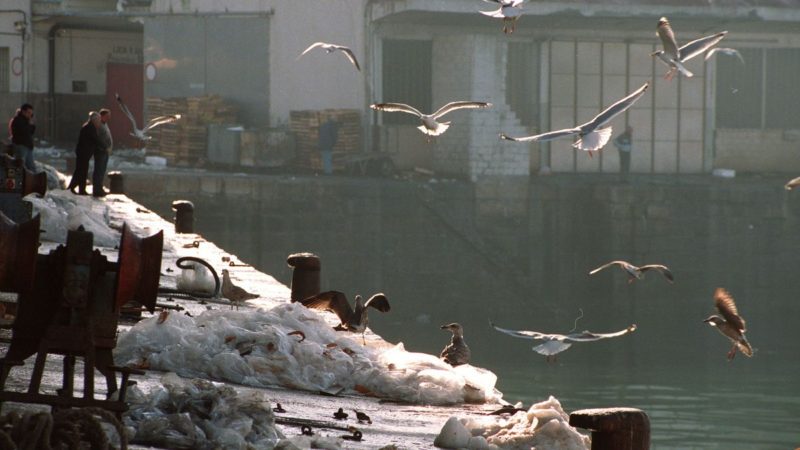Researchers such as Álvaro Barros, from the Animal Ecology Group at the Marine Research Center, are asking for attention and resources to find out why these birds are dying
The population of seagulls has fallen so much in the last decade in Galicia that the international criteria place this species in the category of vulnerable, prior to considering it in danger of extinction. Scientists have already put the collapse at 70% in this time period and warn that, although the causes are likely to be multiple, there is a disease that has not yet been unraveled that is causing havoc in the colonies of these animals.
Álvaro Barros, from the Animal Ecology Group at the Marine Research Center, recalls that in 2019, in a single field trip, hundreds of corpses were counted on the Sisargas Islands, an archipelago on the Costa da Morte that hosts one of the colonies of yellow-legged gulls (Larus michahellis) most important in the world. This species, which breeds and lives all year round in Galicia, is where the population decline has been observed. The specimens´s census on the coast of the province of A Coruña that goes from Malpica to the border with Lugo has dropped numbers: it currently counts 2,674 couples, compared to around 8,900 a decade ago. In the 1990s there were about 13,000.
Barros and the rest of the researchers in this field are asking for attention and resources to find out why the seagulls are dying. The first challenge is to understand what happens to these animals. “Those of us dedicated to seabirds are looking forward to it because we don’t really know what’s going on. There are probably several factors involved, “he said.
The CIM researcher believes that it is possible that there was an “oversized” population of seagulls in the past because the species “takes full advantage of all ecological niches.” It is closely associated with humans and has benefited from food found in landfills and fishing discards. The former have been shutting down since the 1990s and the latter have been shrinking with the new laws. But while the expectation was that the figures would stabilize what happened was that the fall was accentuated. The first warnings about a disease that paralyzed these birds occurred 10 years ago.
“The yellow-legged gull is an all-terrain vehicle. It feeds on the waste of terraces, mosquitoes, worms, barnacles, fish… eats grass if it fails. It is seemingly indestructible. If this species is doing badly, it has to sound the alarm, ” he defends. The vulnerable category means that there is time to reverse the problem, but “we must act now.”
Source: elDiario.es

